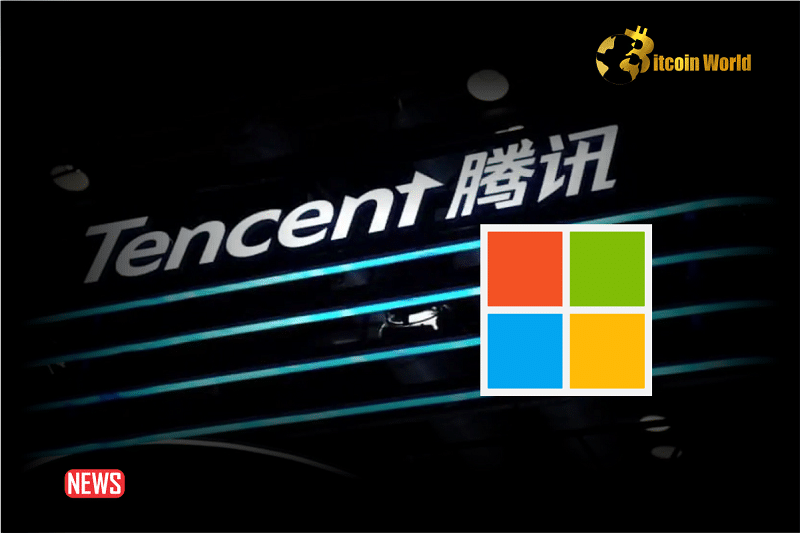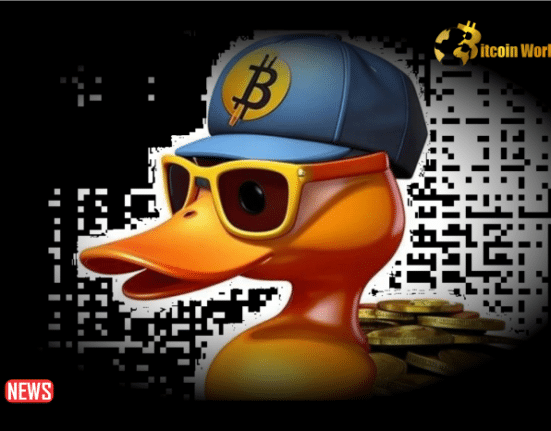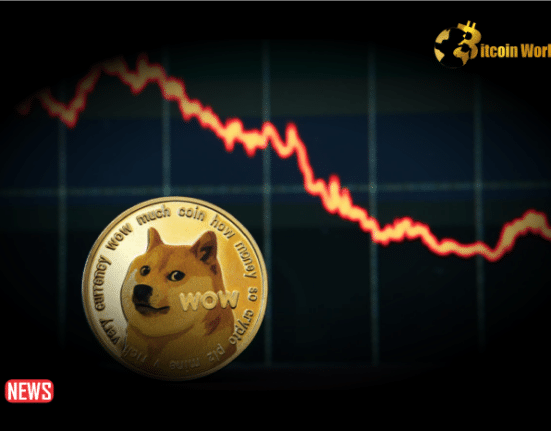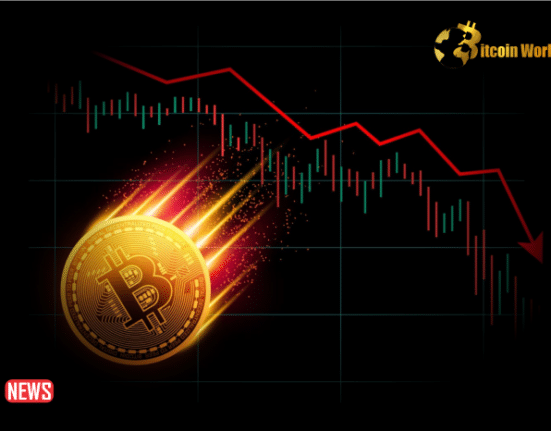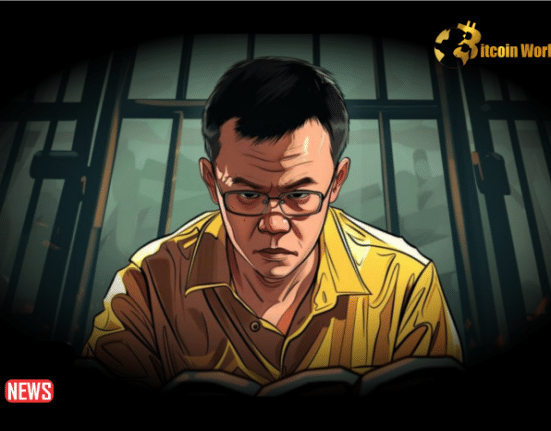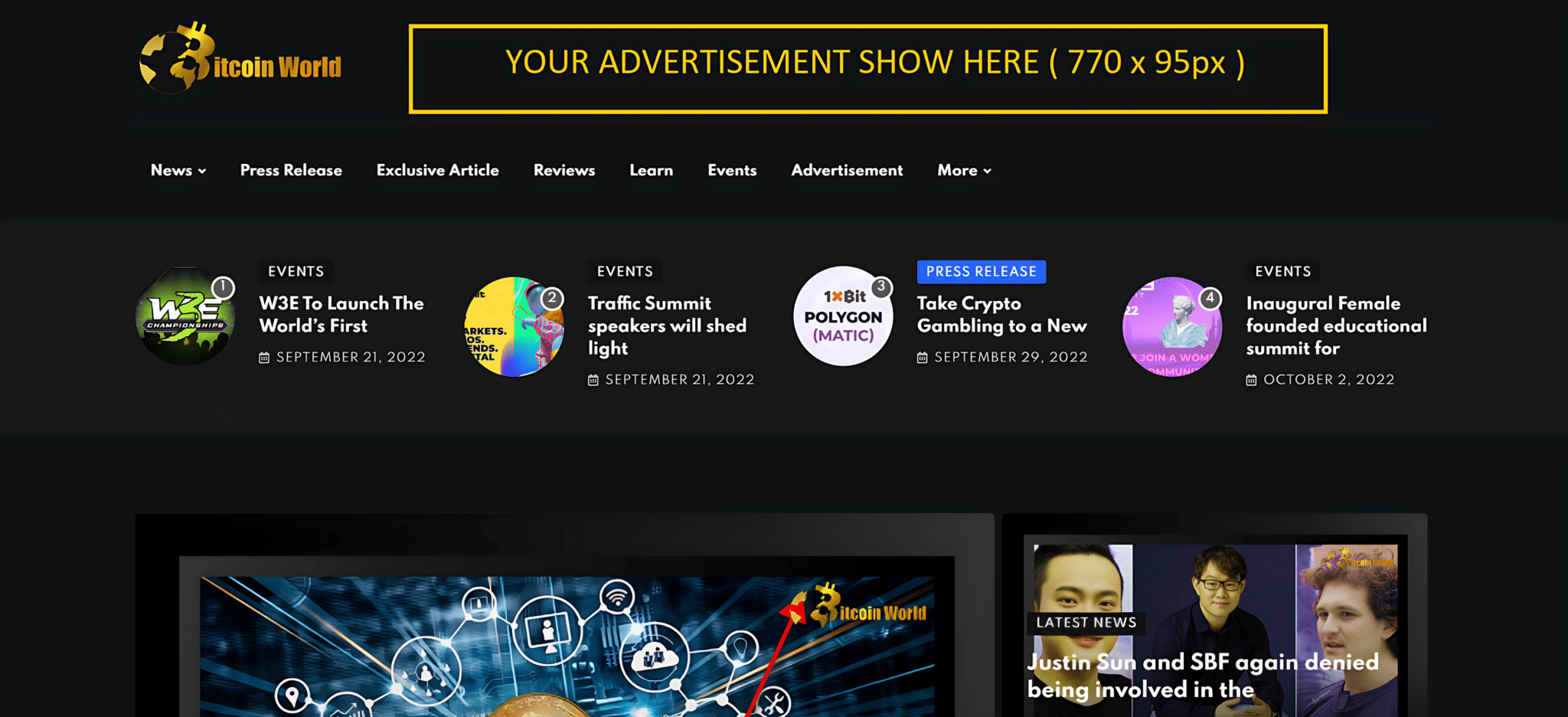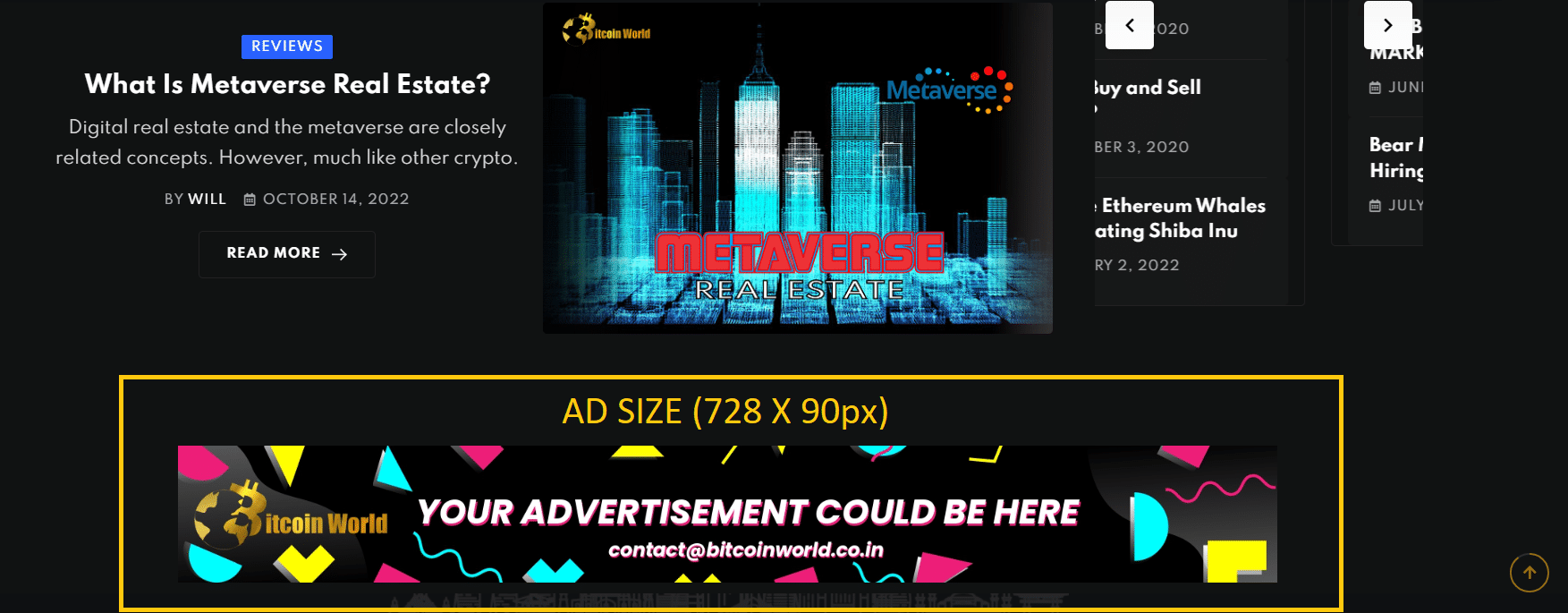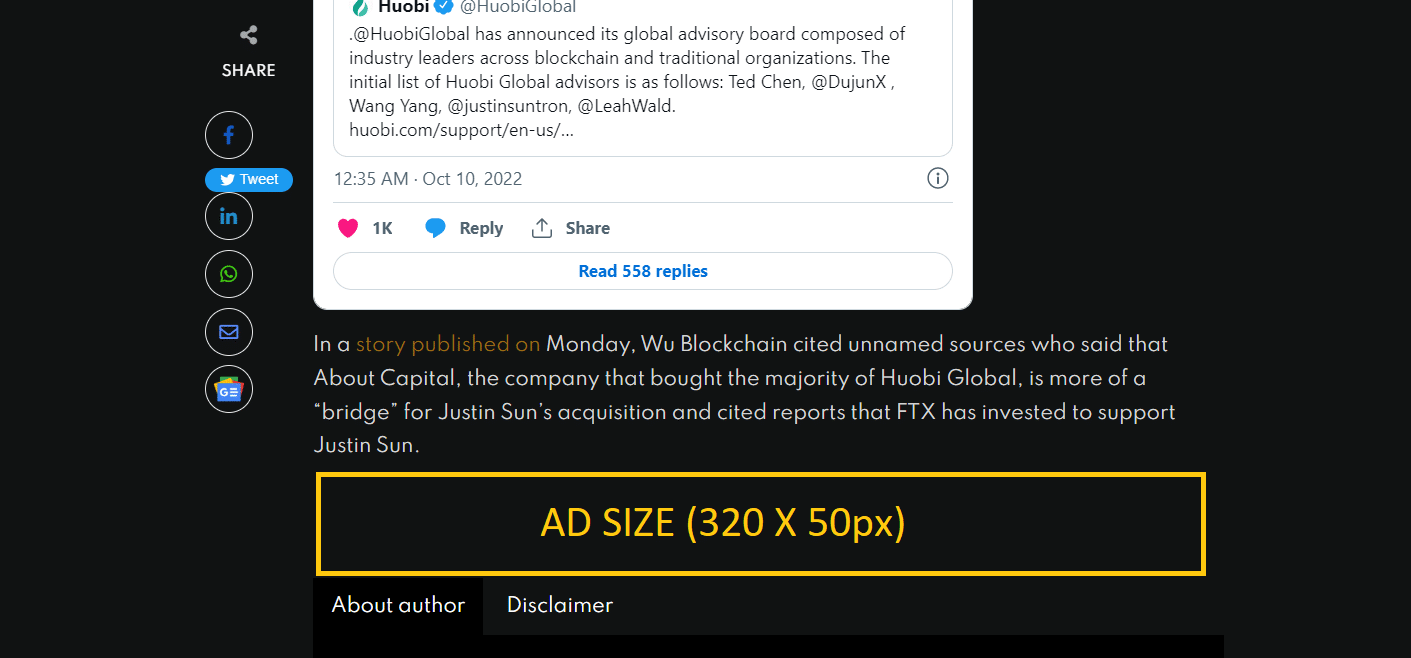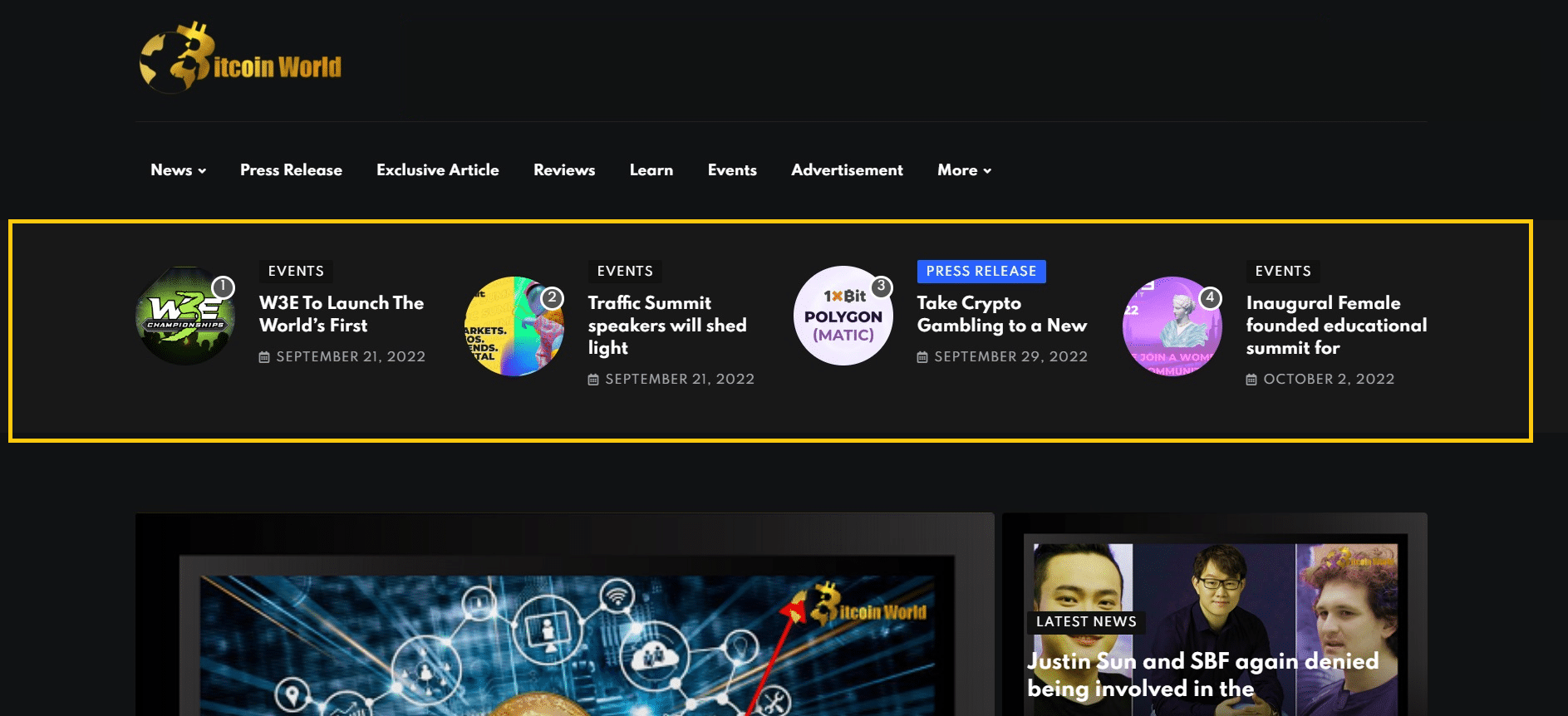Microsoft, Tencent and 16 other Web2 giants have partnered with Consensys on its mission to decentralize the Infura network — the key point of access to Ethereum for much of the decentralized finance (DeFi) sector.
The partnerships aim to increase decentralization on the Infura network — key to preventing outages of the Web3 services that leverage it, including the wallet service MetaMask.
While speaking, Consensys senior product manager Andrew Breslin said the significance of the partnerships was less about “who they were” and more about the big-name firms aligning with Infura in “wanting to decentralize every layer of the blockchain infrastructure stack.”
Scheduled for a Q4 launch, the Decentralized Infura Network (DIN) stands as a solution to the problem of centralization for Infrua, with the network currently controlled by Consensys, meaning there remains a single point of failure.
“The cost and complexity involved with running a service like Infura was kind of limiting in terms of who we could partner with to serve this traffic,” said Breslin. “Now there’s this huge flourishing ecosystem of Web3 infrastructure providers that can provide a service that’s complimentary to Infura.”
Breslin said one of the first major features offered in the DIN is “failover support” for the Ethereum and Polygon networks. Failover support means that traffic can be re-routed to one or multiple DIN partners in an outage, guaranteeing higher uptime rates in the long run.
Upon launch, the DIN will allow for more reliable and censorship-resistant access to Ethereum as decentralized applications (DApps) won’t need to rely on a single service provider located in just one place, Breslin said.
🏗️ Infura, alongside our partners, is pushing the boundaries of decentralization.
We're making a significant stride in the development of the Decentralized Infrastructure Network (DIN), Read the two-part series 👇
— Infura (@infura_io) November 14, 2023
Developed by the blockchain software giant Consensys, Infura offers a development suite that provides API access to the Ethereum and IPFS networks. At present, Infura is the access point for most DApps to access real-time on-chain data from the Ethereum blockchain.
Read Also: Ankr and Optimism Unite for Ethereum App Scaling
In November 2020, the centralization issue came to light when the MetaMask wallet stopped working due to Infura suffering a temporary outage. Several centralized exchanges and DeFi projects were also affected by the downtime.
Decentralizing blockchain data providers on the Infura network is critical for censorship resistance in the long term because, at present, centralized data providers can be shut down with a single well-planned attack or sufficient legal action.
Speaking to the roster of newly announced partners, Breslin said the current lineup was not a closed set and that Infura wanted to let other “highly reliable” internet infrastructure providers know that Infura is open to them joining the DIN as well.
“The success of DIN is reliant on us collaborating with more and more operators over time.”
The cohort of new companies is working with Infura in what Breslin called the “federated phase” of the DIN — a temporary trial period where the network remains centralized.
“Infura and these 18 partners are now participating in this federated phase of DIN, which means that we work as equal partners,” said Breslin.
In the future, Breslin said the DIN would ideally be governed as a decentralized autonomous organization or some other type of governance structure that ensures each partner has a democratically weighted say in the direction of the network.
Disclaimer: The information provided is not trading advice. Bitcoinworld.co.in holds no liability for any investments made based on the information provided on this page. We strongly recommend independent research and/or consultation with a qualified professional before making any investment decisions.

